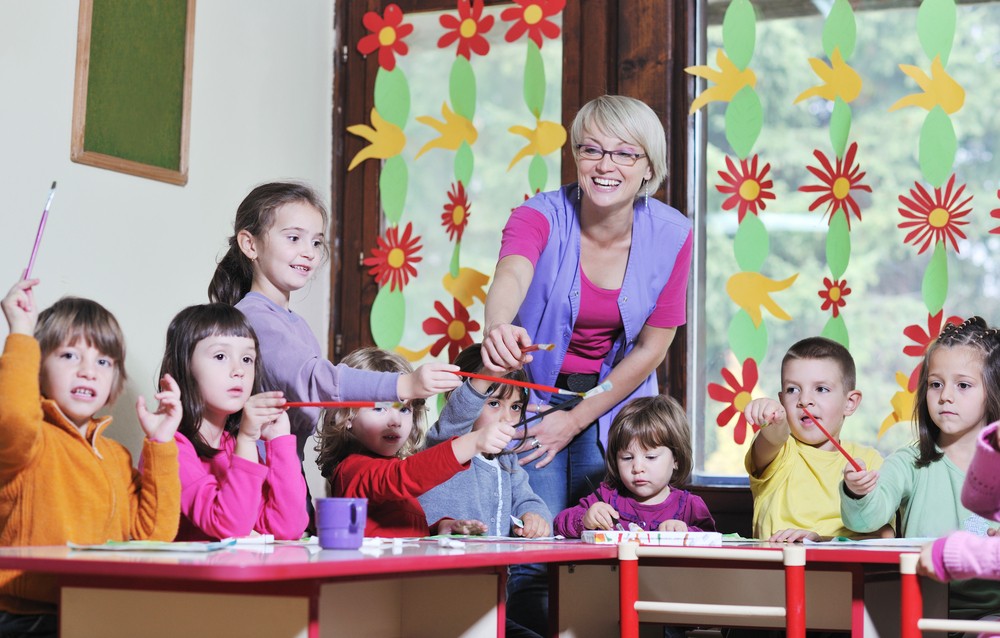
From the look of things, early childhood education programs are the same. They seem to exhibit similar play-based learning and gradually introduce the structure of schooling to children. While these ideas are valid, there are still specific differences between preschool and kindergarten programs.
Both programs are for young children who are not yet in their grade school. Other than this, here are the things you should know about the distinctions between preschool and kindergarten:
Age. Broadly, kindergarten is open to five-year-old kids throughout the United States. Some states like Virginia make it compulsory, while others mandate it for the six or seven-year-old. Meanwhile, kindergarten in Washington is mandatory only for eight-year-old students.
Note that each state has a particular cut-off for enrollment date. Thus, suppose a child is below five or another compulsory age before enrollment. The student can take kindergarten in the next school year.
On the other hand, there are no strict rules for preschool. But in chronological order, it should come before pre-k and kindergarten. Most schools, if not all, make it open for the three-year-olds considering that pre-k is for eligible four-year-old kids.

Standards of learning. Notice the age requirement for kindergarten? It is only one of the particulars for this program. Kindergarten is a primary education level in the US. With that, schools adhere to the learning standards of their respective states and education authorities, like the teacher-student ratio.
For instance, Rainbow Preschool and Child Care Center follows Virginia’s Standard of Learning (SOL). The class has the ideal teacher-student ratio that allows one-on-one sessions and a student-focused learning approach. Our kindergarten program also consists of learning activities about Spanish, music, computer, lab, and more.
Typically, the quality of schools for kindergarten must meet the SOL. In preschool, the practices are up to the schools.
The class structure. The kindergarten curriculum is almost similar to grade schools with play-type learning activities. Moreover, education authorities monitor kindergarten programs to see if they adhere to the standards of its state.
Preschool is more of a play-based setup where kids are encouraged to explore and adopt basic learning skills—for example, learning letters and writing and hands-on math.
Activities and lessons in preschool may not be as structured as in kindergarten. Nevertheless, this learning stage also prepares young children for their kindergarten class. What’s important to note in preschool is that its curriculum may vary depending on its philosophy and system.
Expectations. It is expected that kindergarten students can follow instructions and routines, communicate their ideas and feelings, and be open to activities. They also should be ready for the in-depth learning experience. Meanwhile, preschool serves as a training ground for kids for pre-k and kindergarten through fun and age-appropriate approaches.
Most preschool-age kids or three to four years old are just starting to be independent, get to know the idea of school, and more. Some are also not potty-trained, can stay for the whole day in school, and are too shy to play with other kids. Thus, preschool teachers need to be patient in these matters. Their role is to introduce and encourage young kids to enjoy schooling.

Recent Comments